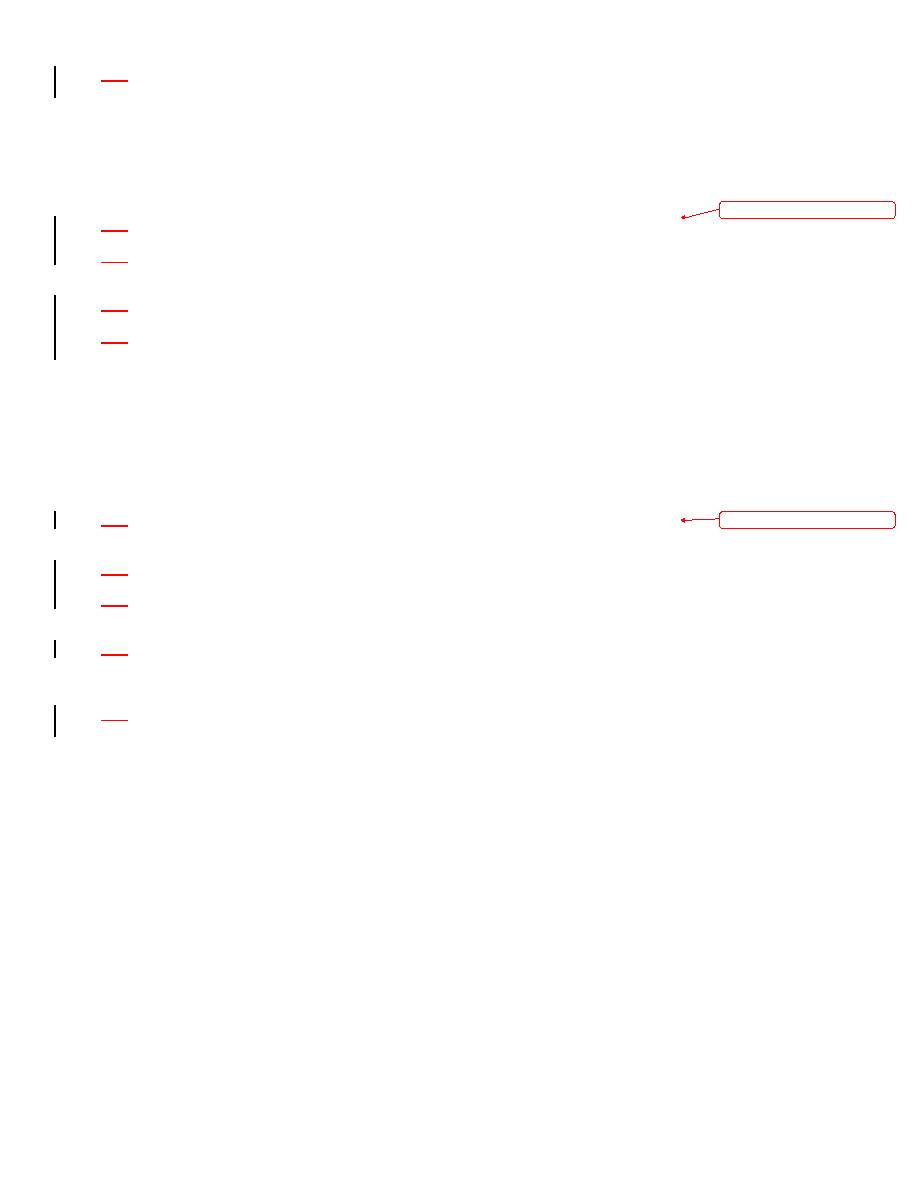
|
|

|
||
 Establish a training program, and ensure that the required personnel are properly trained.
b. Hazardous Waste. HW is waste that, because of its quantity, concentration, or characteristics may
pose a substantial hazard to human health or to the environment. Hazardous substances, which result in
some waste generation, are an unavoidable part of Army activities. The proper handling and disposal of
this waste will minimize danger and ensure the safety of people and the environment. The following are
some examples of what leaders should do if they deal with HW. A complete list may be found in FM 3-
100.4, Chapter 6.
Establish a HW management program to comply with HW regulations.
Ensure that the HW is properly identified. Label stored waste and the containers that hold HW
with the correct danger and warning signs.
Ensure that the waste does not accumulate beyond allowable quantity and time limits.
Maintain proper HW records and report the records periodically, as required by the EPA.
c. Hazard Communications (HAZCOM). HAZCOM is the leaders and supervisors' responsibility
concerning the possible hazards in the workplace and the identification of those hazards and the
necessary precautions to their soldiers. An effective HAZCOM program will assist leaders to determine
what hazardous chemicals are present in their units, how to protect their soldiers from the hazards those
chemicals present, and how to properly store and use those chemicals. The installation safety officer is
the point of contact (POC) for most HAZCOM matters, the material safety data sheet (MSDS) program,
and the HAZCOM training program. Some examples of what platoon leaders should do to support
HAZCOM are as follows:
Ensure that subordinates receive adequate training on HMs to which they are exposed,
according to the Occupational Safety and Health Agency (OSHA) requirements.
Maintain an up-to-date list of all HM and HW known to be present in their area.
Ensure that containers of hazardous substances are labeled, tagged, or otherwise marked to
identify the material and warn soldiers of hazards.
Maintain an MSDS for every HM in their unit, and ensure that soldiers are trained to
recognize, understand, and use the MSDS and labels for the HM to which they are exposed, as
well as use the proper procedures when working with hazardous substances.
Refer to the applicable HAZCOM references.
d. Pollution Prevention and Hazardous-Waste Minimization (HAZMIN). HAZMIN means reducing
the amount and the toxicity of the HW generated or produced. Pollution prevention means reducing the
amount of material, whether it is hazardous or not. Platoon leaders should ensure that their units conduct
inventory control. Units should not stockpile HM. If the HM has an expired shelf life, it can cost more to
dispose of the item than it did to obtain it, since the HM will now have to be handled as HW. Product
substitution is an easy way to reduce HW generation. Use nonhazardous or less hazardous substitutes if
available. A process change can reduce the amount of HW generated, but it will still need to be treated
as HW. The applicable pollution prevention and HAZMIN references can be found in FM 3-100.4.
3-3
|
||
 |
||